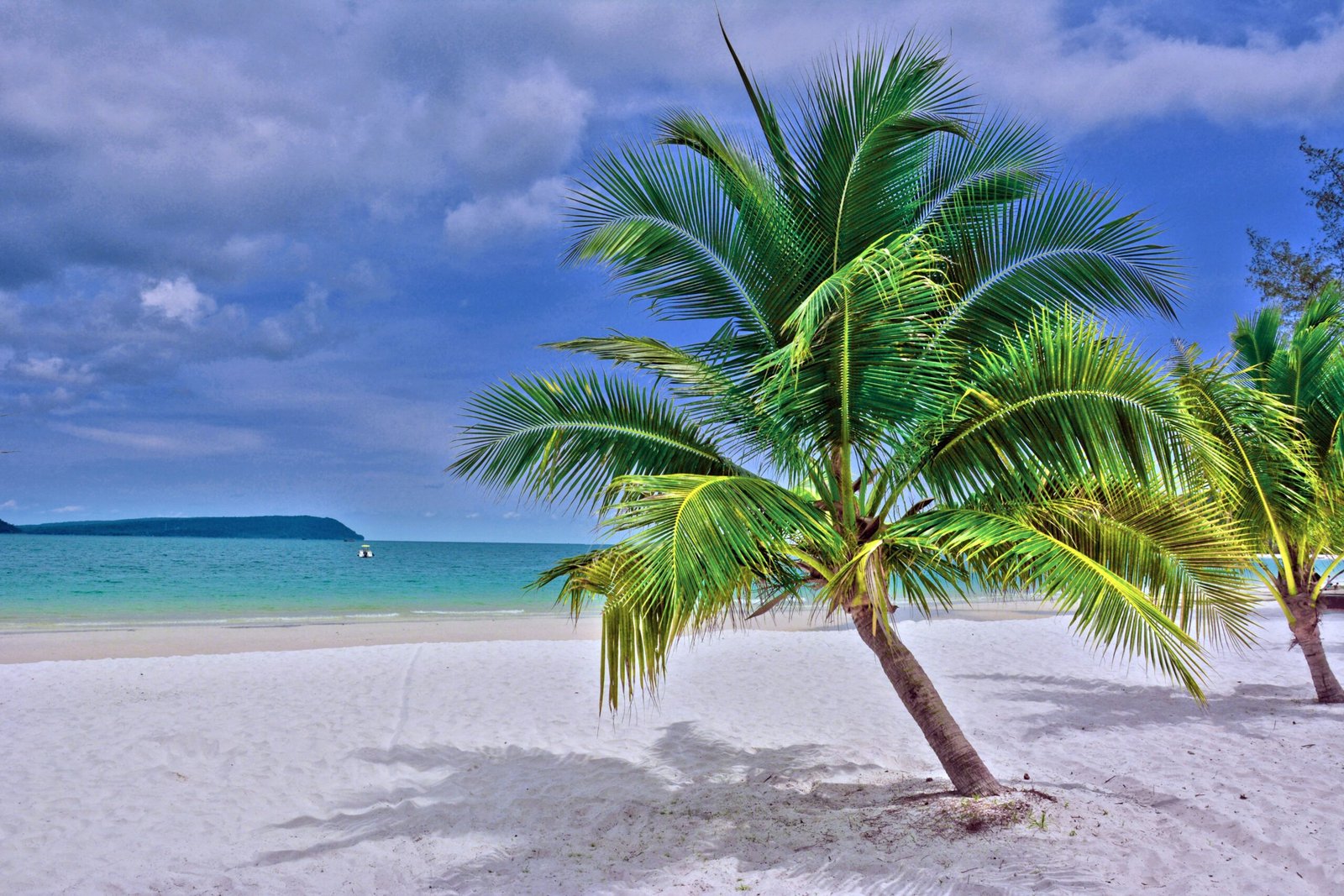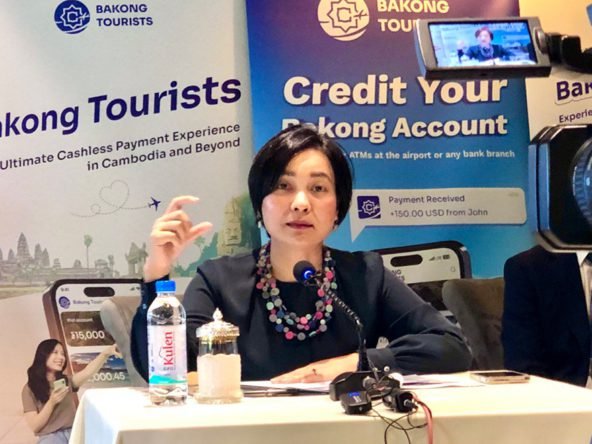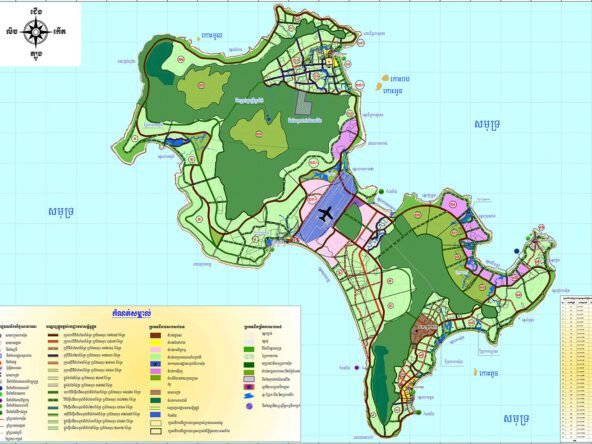Introduction to Koh Rong Island
Exploring Koh Rong Island – Koh Rong Island, situated off the coast of Sihanoukville in Cambodia, is a gem of natural beauty and cultural significance. Spanning approximately 78 square kilometers, this island is renowned for its diverse terrain that features pristine beaches, lush tropical forests, and rolling hills. The island’s climate is typically tropical, characterized by distinct wet and dry seasons, which contribute to its luxuriant vegetation and vibrant ecosystem.
The allure of Koh Rong lies in its untouched natural splendor. The island boasts over 43 kilometers of white sandy beaches, fringed with swaying palm trees and crystal-clear waters. These idyllic coastal stretches are complemented by the island’s interior, which is covered in dense, verdant forests that are home to a variety of wildlife. The island’s marine life is equally impressive, with colorful coral reefs and a plethora of aquatic species, making it a haven for snorkeling and diving enthusiasts.
Beyond its natural beauty, Koh Rong holds significant historical and cultural value. Historically, the island has been a site of various cultural intersections, influenced by its proximity to major maritime routes. This rich history is evident in the local traditions and the diverse community that inhabits the island. Today, Koh Rong is not only a paradise for tourists but also a symbol of Cambodia’s natural and cultural heritage.
In popular culture, Koh Rong has gained international recognition through various media representations, further highlighting its appeal as a travel destination. Its serene landscapes and vibrant biodiversity make it a perfect escape for those seeking both adventure and tranquility. As we delve deeper into the history, beauty, and cultural significance of Koh Rong, it becomes clear why this island is a cornerstone of Cambodia’s natural allure.
Historical Context: Koh Rong During the Khmer Rouge Era
During the Khmer Rouge regime led by Pol Pot from 1975 to 1979, Koh Rong, like many parts of Cambodia, experienced a dark and tumultuous period. The island was strategically significant due to its location, which made it a valuable military asset for the Khmer Rouge forces. The regime utilized Koh Rong as a strategic point, setting up military outposts and using the island’s natural resources to support their operations.
Forced labor camps were established on Koh Rong, where the local population was subjected to brutal working conditions. Men, women, and children were forced to work in agriculture, fishing, and other labor-intensive activities under the harsh supervision of the Khmer Rouge soldiers. The island’s lush landscapes and fertile lands, which once symbolized beauty and prosperity, became sites of suffering and hardship for the people.
The impact on the local population was devastating. Families were torn apart, and many islanders lost their lives due to the extreme conditions and lack of basic necessities. The psychological and emotional toll on the survivors was immense, with the scars of this period lingering long after the regime was overthrown. Significant events during this time included mass evacuations and the relocation of entire communities, as well as numerous instances of violence and oppression.
However, amidst this dark chapter, the resilience of the people of Koh Rong shone through. Despite the immense challenges, they adapted and survived, preserving their culture and way of life as best as they could. The Khmer Rouge era left lasting effects on Koh Rong, shaping the island’s history and the collective memory of its inhabitants. Today, as visitors explore the island’s stunning beauty, it is essential to remember and honor the resilience and strength of those who endured its darkest days.
Transition and Development: Post-Khmer Rouge Era
After the fall of the Khmer Rouge regime, Koh Rong Island embarked on a journey of recovery and development. The island, once marred by conflict, began to experience a gradual transformation. The post-Khmer Rouge era marked the onset of efforts aimed at rebuilding the local economy and rejuvenating the island’s infrastructure. The local community, resilient and adaptive, played a significant role in this transformation.
One of the key drivers of Koh Rong’s recovery was the rise of tourism. The island’s natural beauty, characterized by pristine beaches, lush jungles, and vibrant marine life, attracted visitors from around the world. Tourism not only became a major source of income for the local populace but also spurred the development of various amenities and services. Guesthouses, resorts, and restaurants began to dot the landscape, providing employment opportunities and fostering economic growth.
Infrastructure development was another pivotal aspect of Koh Rong’s transformation. The Cambodian government, recognizing the potential of the island as a tourist destination, implemented policies and initiatives to improve infrastructure. Roads, bridges, and transportation services were upgraded, facilitating easier access to the island. Additionally, investments in utilities such as electricity and water supply were made to support the burgeoning tourism industry.
International aid also played a crucial role in Koh Rong’s development. Various non-governmental organizations (NGOs) and international bodies provided financial assistance and expertise to aid in rebuilding efforts. These contributions were instrumental in addressing the immediate needs of the local community while laying the foundation for sustainable development.
The local community’s adaptability was evident in their embrace of new opportunities. Many residents transitioned from traditional livelihoods such as fishing and farming to roles within the tourism sector. This shift not only improved their economic prospects but also fostered a sense of pride and ownership in the island’s development.
Koh Rong’s transformation in the post-Khmer Rouge era is a testament to the resilience and determination of its people. Through a combination of tourism, infrastructure development, government policies, and international aid, Koh Rong has evolved into a thriving destination, offering a glimpse of hope and renewal in the aftermath of conflict.
Koh Rong in Popular Culture: Survivor TV Show and Beyond
Koh Rong’s prominence in popular culture soared after it was chosen as a filming location for the globally renowned TV show, ‘Survivor.’ The island’s natural beauty, coupled with its relatively untouched landscape, made it an ideal backdrop for the show’s themes of adventure and survival. The selection of Koh Rong for ‘Survivor’ not only highlighted its stunning beaches and lush jungles but also brought international attention to this Cambodian gem.
The impact of ‘Survivor’ on Koh Rong’s global image has been significant. The show’s extensive reach and dedicated fan base introduced millions of viewers to the island’s breathtaking scenery. This exposure sparked curiosity and interest, transforming Koh Rong from a relatively unknown location to a must-visit destination for adventure seekers and nature enthusiasts. The influx of tourists has, in turn, boosted the local economy, providing new opportunities for businesses and residents alike.
Beyond ‘Survivor,’ Koh Rong has found its way into various other media outlets, further cementing its status as a desirable travel spot. Travel magazines, blogs, and vlogs frequently feature the island, praising its pristine environment and offering travel tips to potential visitors. This continuous media presence has helped sustain the island’s allure, drawing more tourists each year.
The journey of Koh Rong from a historical site of conflict to a beloved tourist destination underscores the island’s resilience and appeal. Once known for its tumultuous past, Koh Rong now enjoys a reputation as a paradisiacal retreat. This transformation is a testament to the island’s natural charm and the positive influence of media representation in shaping public perception. As Koh Rong continues to captivate the hearts of travelers and media alike, its cultural and economic significance will undoubtedly continue to grow.





